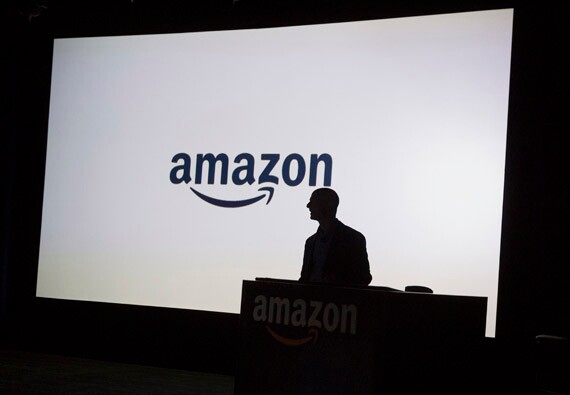10 companies that made big benefits changes in 2016
December 26, 2016 10:24 AM











A new survey from financial services organization TIAA polled 1,000 adults and found that nearly half don't make enough money to save.
When employees feel valued, heard and understood, they're more engaged, productive and less likely to seek other job opportunities.

A financial expert from Vestwell explains how to guide workers through their options, and how to get them back on track.
Chelsea Brignac shares her journey of adopting her three children and fostering over 50 more.
These benefits can transform your workplace into a space where your team can truly thrive.
Benefit leaders can help counter the out-of-pocket costs of high deductible health plans by offering smart savings options.
